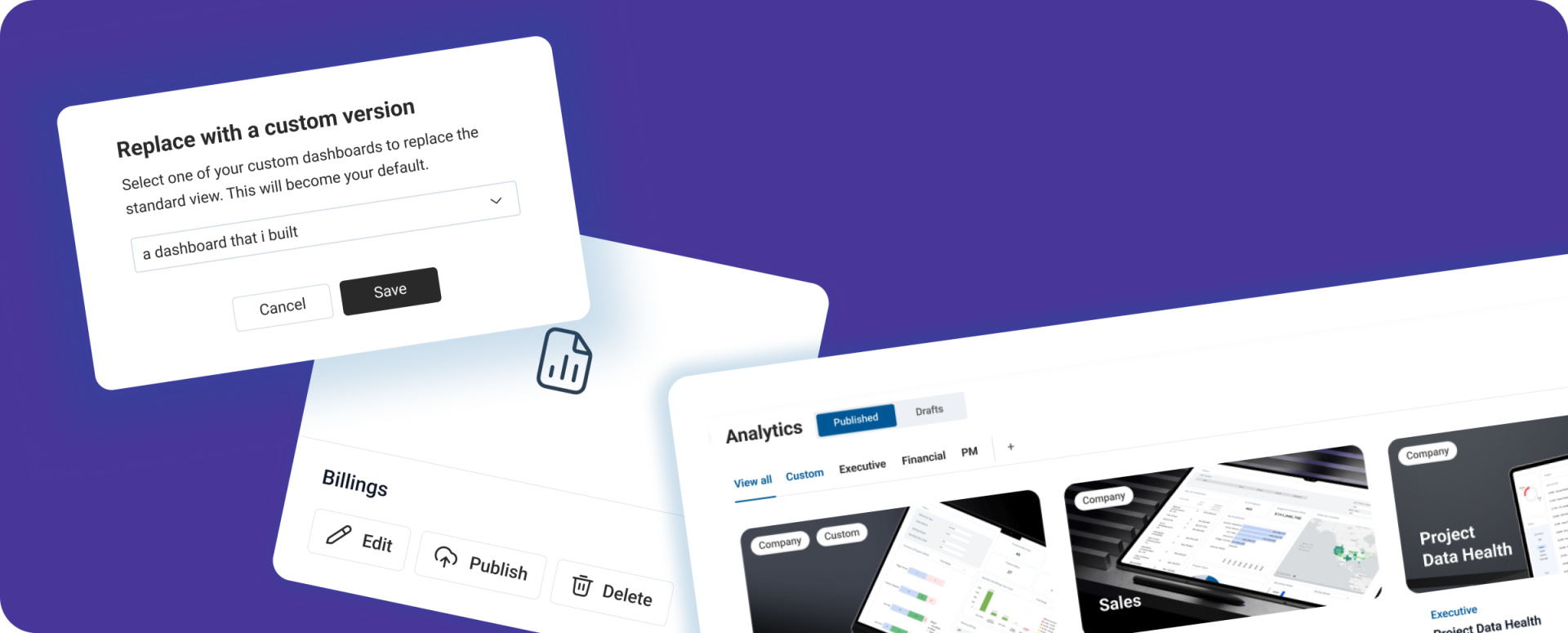Given the pressures in today’s construction industry, contractors need to do all they can to avoid “being the bank” on their projects.
A recent ProNovos lunch-and-learn session on LinkedIn—“Job Borrow: How to Identify and Avoid a Serious Cash Flow Issue”—offered some tips on how to achieve that goal.
Veteran construction accountant and advisor Brian K. Muncy (CPA, CFE, CCIFP) joined ProNovos Solutions Engineer Kevin Bright during the half-hour event.
As a Senior Manager for Indianapolis-based Somerset CPAs and Advisors, Muncy specializes in providing assurance, tax and consulting services for construction and AE firms.
As Muncy noted during the presentation, job borrow is similar to overbilling but is calculated slightly differently. “It is a concept of billing ahead of your cost and profits—trying to get that contract owner to finance the project versus you financing the project,” the CPA told the audience.
Bright, who was a PM for seven years at specialty contractor Outside The Lines, noted that many project managers focus on tracking overbilling and under-billing. However, this is not the same as trying to put an actual number on how much the company is “lending” to the job. “I might be doing OK on my over- and under-billings, but that doesn’t necessarily mean I am good from a job borrow standpoint,” Bright said.





